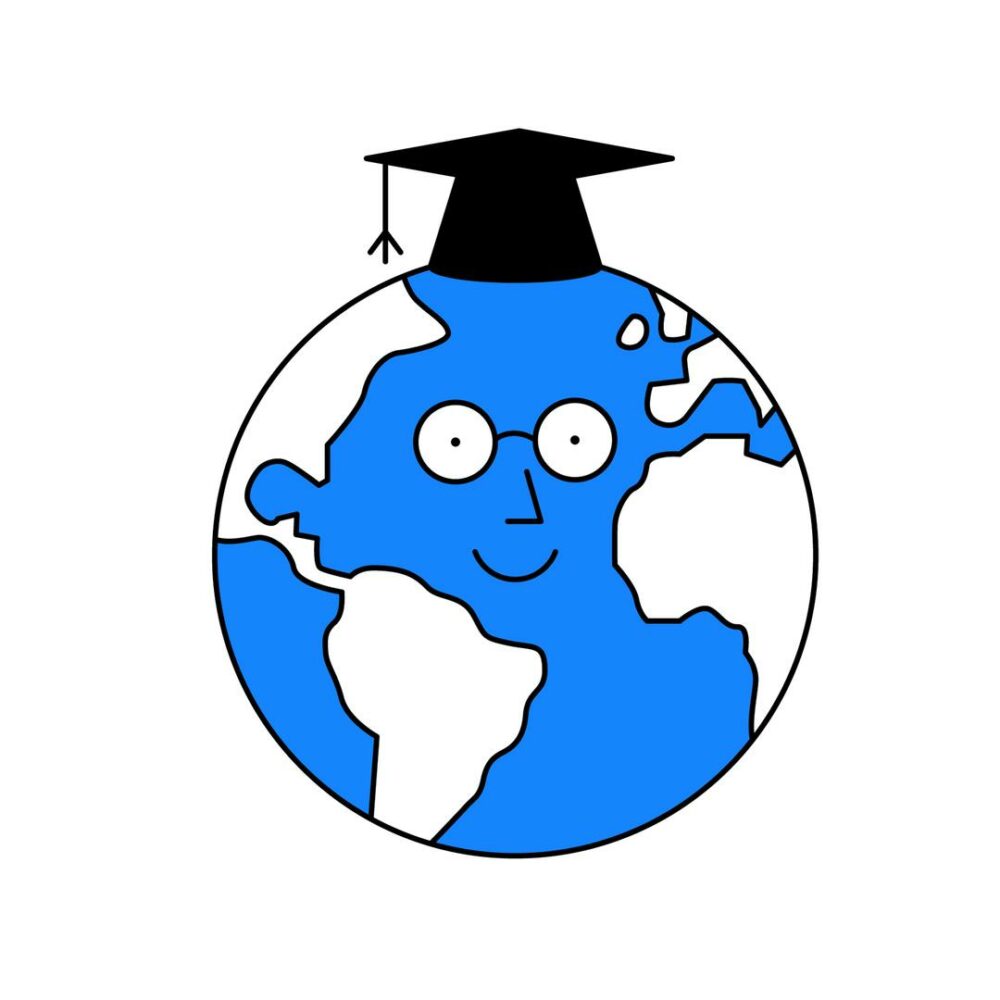A patent is a technical solution to a problem. It can be a product or a process. The innovation in question must be new, i.e. not state of the art.
Legal basis
The legal basis for patent protection in Switzerland is the Federal Act on Patents for Inventions (Patents Act, PatA, SR 232.14) and the related ordinance (PatV, SR 232.141).
Conditions for protection
An invention is patentable if, on the filing date, it is new, inventive and also susceptible of industrial application (PatA 1 ). An invention is an idea that solves a technical problem. In order to meet the novelty requirement under PatA 1, this solution must have never been made available orally or in writing to an uninitiated person before the filing date. Furthermore, it must not be prior art (PatA 7). An invention is inventive if it is not obvious to a person skilled in the art, i.e. if it is not obvious from a combination of known facts and general knowledge. Finally, there must be no legal ground for exclusion (in particular PatA 2) that prevents patenting.
According to the European Patent Convention, EPC 52 II, inventions do not include, in particular, discoveries (but not inventions), scientific theories and mathematical methods, aesthetic (but not technical) creations, plans, rules and methods for mental activities, for games or for business activities (business methods), computer programs (Software, s. Chapter 10.05 Copyright) and the reproduction of information.
Patent search
In order to prevent products from being developed that have already been patented by a third party, it is imperative that Freedom to Operate patent search (FTO) be carried out. Otherwise, patent infringements with expensive legal disputes are accepted. If you want to apply for a patent for your invention yourself, novelty searches are carried out. These two searches differ significantly, especially in the amount of work involved: FTOs are more expensive. Many factors have to be taken into account: While novelty searches have to consider all published documents equally, FTOs have to study territoriality, legal validity and scope of protection. Ultimately, patent law is always a national law, which can also be interpreted differently from country to country in terms of its legal scope. The legal scope of an invention is defined by the patent claims.
Patent applications can be filed regionally at the European Patent Office (EPO) if a European patent is sought. This is considerably cheaper than individual national applications because only one granting procedure has to be carried out. Once granted, it breaks down into a series of national patents. European patent applications and patents can be searched on a separate platform. Below are some direct links to important national and international patent registers (from a Swiss perspective):
Costs of patent registration
The Swiss Patent Office (IPI) publishes the fees for the registration of a Swiss patent under the following link: https://www.ige.ch/en/protecting-your-ip/patents/before-you-apply/costs-and-fees/patents-fees.html.
In addition, there are the costs for a patent attorney, who must have the art of formulating the patent claims as skilfully as possible. In the end, everything depends on them: claims that are too broad are not granted if they do not stand up to examination by the patent offices, i.e. if they do not satisfy the novelty claims and the level of inventive step required. On the other hand, if they are too narrow, they are granted quickly and the applicant pays all application, grant and maintenance fees. Any patent infringers are happy about this, because it is easy to copy the essence of the invention without still falling within the scope of protection if they are too narrow. The patent holder cannot stop anyone from circumventing the patent, it was all for nothing.
Therefore: Hands off self-application! In both cases mentioned here, the invention is ultimately public knowledge, and the inventor has no right to protection of the invention with the consequence that anyone may copy it. Both too broad and too narrow patent claims can destroy an invention that is in itself brilliant. Many a start-up that wanted to save the costs of a patent attorney has already lost «good, courage and blood» through this mistake, because it could not hold its own against large competitors with its now more «me too» products.
Calculating or rather estimating the costs associated with a patent registration is extremely complex. We therefore refer here to a paper written by Ueli Grüter and Evelyn Zwick, which deals with a safe but nevertheless inexpensive way to patent protection: HSLU – Smart-up – Grüter – Zwick – Der sichere und günstige Wege zum Patentschutz.
Patent filing – patent registration
There are two types of patent claims. On the one hand, the product claims. These include machines, commercial products and chemical substances. On the other hand, the process claims. In these, processes for the manufacture of products are protected. A patent can include both categories of claims if they are based on the same idea.
Patent filing and registration is extremely complex. We therefore refer here to a paper written by Ueli Grüter and Evelyn Zwick, which deals with a safe but nevertheless inexpensive way to patent protection: HSLU – Smart-up – Grüter – Zwick – Der sichere und günstige Wege zum Patentschutz.
Publication of patent deposits and registered patents
All patent applications are published no later than 18 months after they are filed and all patents are published when they are granted. These documents are published in legally binding form on the IPI’s online database swissreg.ch if they concern Swiss IP rights. (for search see above)
Term of protection
Patent protection is granted for a maximum of 20 years (PatA 14). For pharmaceutical products, an additional protection certificate can be applied for a maximum of another 5 years for the long period between the deposit of the patent and the authorisation of the pharmaceutical product (PatA 140a ff.).
